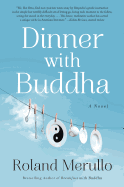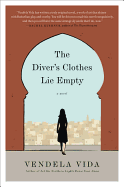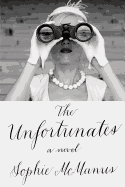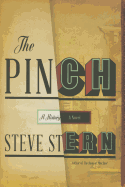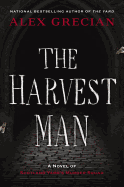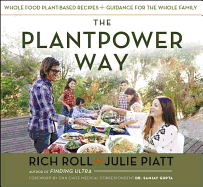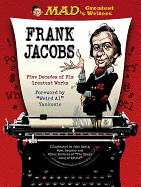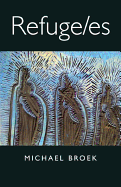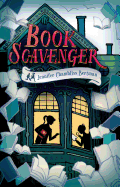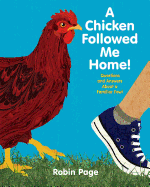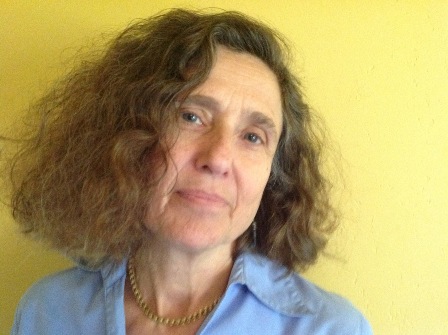 |
| photo: Richard Scheinen |
Stage fright, speech anxiety, a fear of having feelings in front of people--whatever it's called, it can either prevent people from pursuing their passions or it can derail years of planning and practice. Journalist Sara Solovitch was, at one point, headed toward a career as a professional pianist, but developed an intense fear of performance in her teenage years and gave up those dreams. Then, in her late 50s, she decided to try to overcome the fear (and write a book about it). In Playing Scared: A History and Memoir of Stage Fright (Bloomsbury USA, $26) Solovitch writes about the causes of stage fright, ways to overcome it, and her eventual performance for 50 guests the day before her 60th birthday.
Easing back into playing the piano and then doing so in front of other people was a gradual process. Had the stage fright from your adolescence changed?
On returning to the piano, I realized that my stage fright was totally intact. It was like I'd unpacked a box of family china that had been pushed aside for four decades; you open it and it's all right there, exactly where you'd left it. Sometimes when I practiced, I could recall precise failures with terrible clarity. The music was almost a trigger to my memory of stage fright. I guess I really must love it to have kept playing despite all that. For some time, even piano lessons were painful to get through. It took months of practice before I became comfortable enough to play easily in front of my teacher. The irony is that I've always been an independent and competent person in other aspects of my life. I've been a journalist for 35 years and still love the adrenaline rush of deadline writing. I like to travel alone. Yet I found it almost impossible to apply that same competence to the piano. I was a different person when I sat down at the keyboard. Sometimes, when I returned to certain pieces that I'd played as a youth, I made mistakes in the very same passages where I'd made them 40 years ago. These mistakes had nothing to do with technical difficulty; they were more about cellular or maybe emotional memory. A lot of what I had to do at the piano, then, was to create new memories.
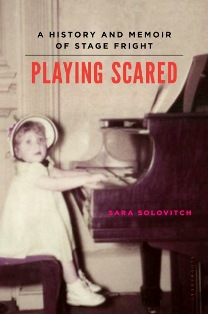 The research you did into perfectionism was fascinating. Is "perfect" the enemy of "good," and are we selling people short by letting them strive for "good enough?"
The research you did into perfectionism was fascinating. Is "perfect" the enemy of "good," and are we selling people short by letting them strive for "good enough?"
I like what the pianist Gwendolyn Mok told me: it's not about perfection, it's about excellence. The two are so different. Once I understood that and started working toward excellence, I listened and heard differently. It's still a process, something I have to remind myself about constantly. That demand for note-perfect playing is ingrained deep inside me. On the other hand, I do believe that if we can instill in our children a sense of what it takes to be excellent in just one field (whether it's soccer or the saxophone), it will carry over into the rest of their lives.
You had a lot of help in overcoming your fear. For somebody looking for a place to start, what would you recommend?
I approached it as I have so many things in my life: as a journalist. It's about asking questions, seeking help, reading everything on the subject and finding the right teacher. Once I became passionate about the piano, pianists seemed to be everywhere around me. They directed me to the Alexander Technique, told me about the Taubman Approach, and guided me through neurofeedback techniques. I went online and found a wonderful performance coach, Noa Kageyama, at Juilliard, who agreed to meet with me once a week via Skype. One thing led to another. I was already doing yoga, but my practice deepened once I recognized how connected it was to issues of focus and posture at the piano. I think whenever one enters deeply into something, the possibilities emerge. --Matthew Tiffany, LCPC, writer for Condalmo and psychotherapist
Sara Solovitch: Playing for Excellence





 The research you did into perfectionism was fascinating. Is "perfect" the enemy of "good," and are we selling people short by letting them strive for "good enough?"
The research you did into perfectionism was fascinating. Is "perfect" the enemy of "good," and are we selling people short by letting them strive for "good enough?"